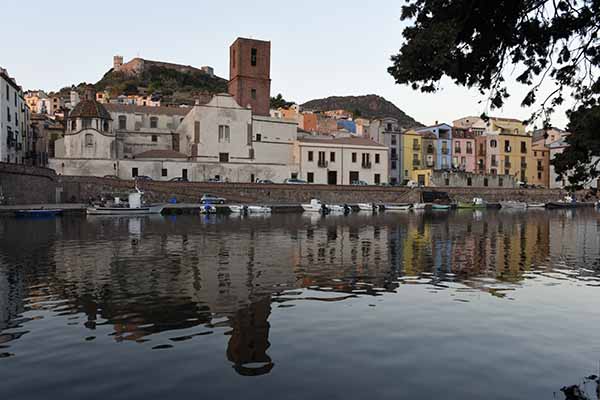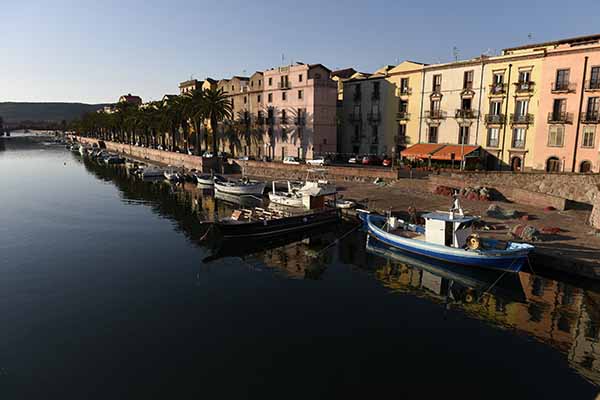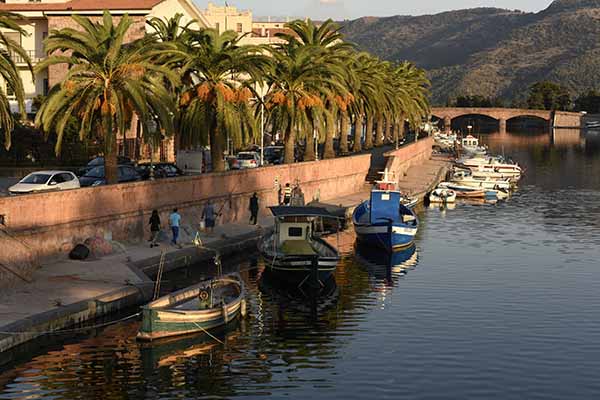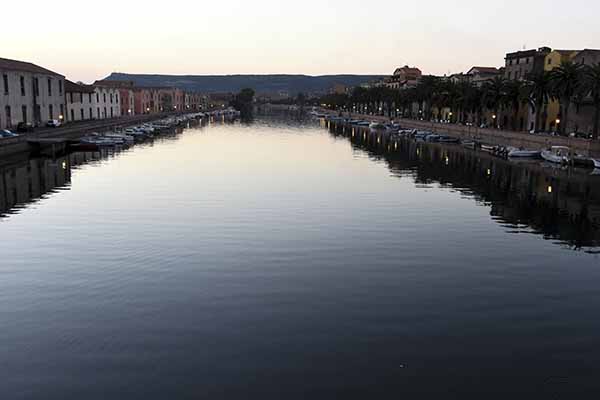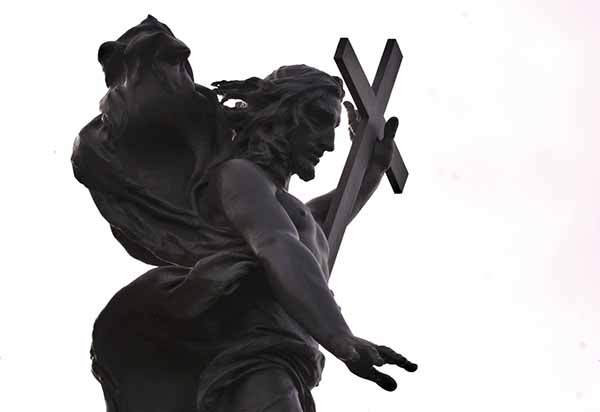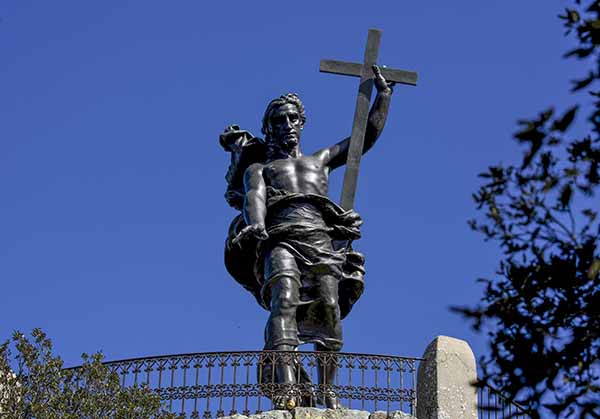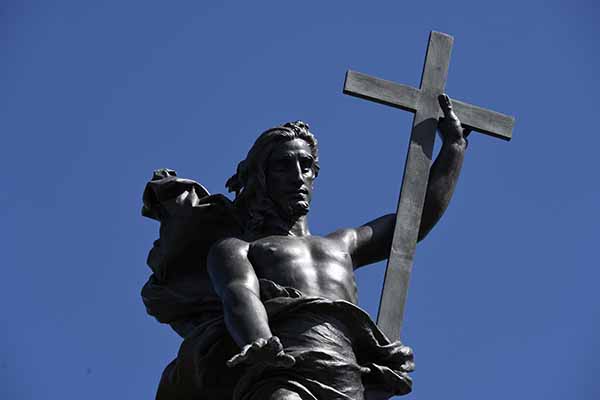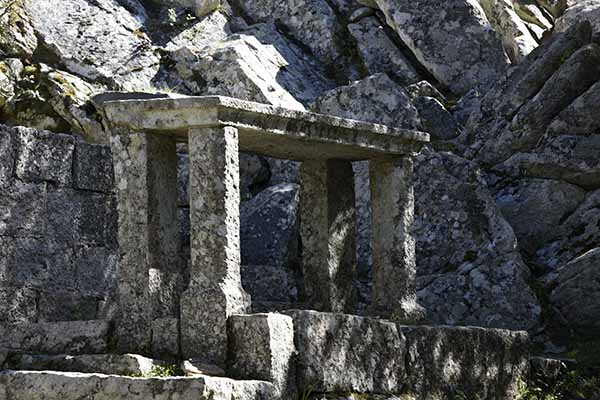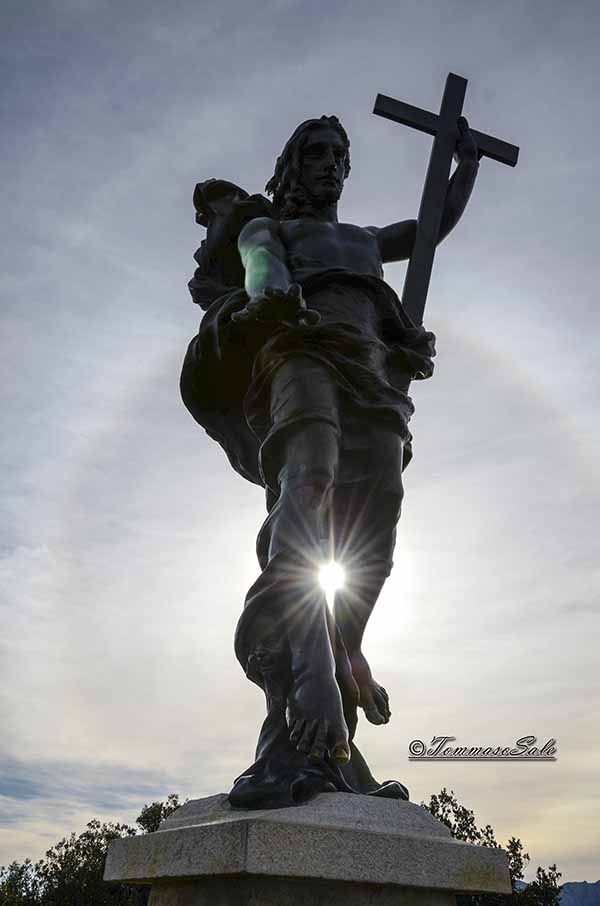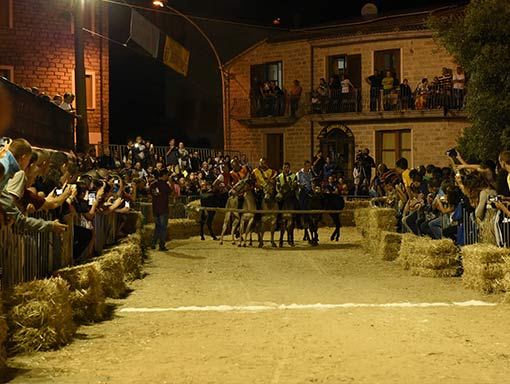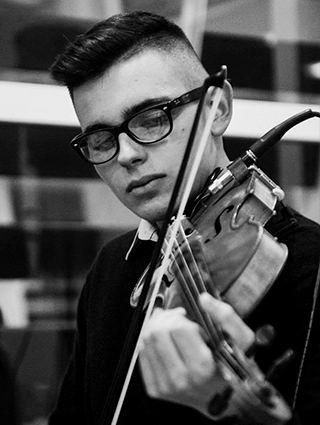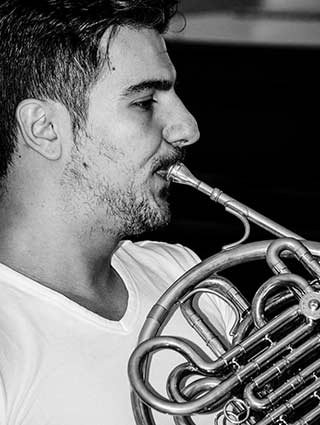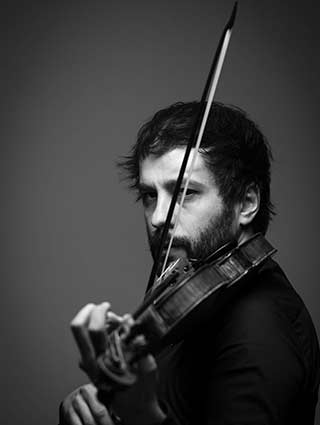The Places of “Tra Mare Stelle e Magia”
Baunei – S. Maria Navarrese
Inside Baunei’s territory landscapes, incredible seashores, culture, tradition, gastronomy, perfectly blend, while the town itself excels in the art of hospitality. Baunei area has much to offer to seasonal visitors. The misterious Golgo, the paradisiac waters of Baunei’s coves, the magic Pedra Longa, and the quiet Santa Maria Navarrese are a must-visit for anyone to willing to stop in Sardinia. Trekking, horse-back excursions in the wild, and some of the most beautiful beaches of the Mediterranean Sea are just few of the possibilities that Baunei proposes to its visitors. Visit Baunei to discover how much beauty this borough suspended between land and sea has to offer.

Bosa
Of a peculiar beauty, Bosa stands close to the crystal-clear waters of the Sardinian sea, and it is divided in two halves by the Temo river. The ancient Malaspina’s Castle casts its shadow over the medieval old town from the Serravalle hill and contributes to the unique landscape of Bosa, which is characterized by vivid colors and by the lights of the sea in the background.
The beaches near Bosa have natural healing powers (the sand, rich in iron, is a natural remedy for rheumatism) and the multitude of small coves that can be visited only by boat, offer to the visitors unforgettable views. The underwater universe is equally interesting and appreciated by the snorkeling lovers. Hikers from all over the island come to Bosa to see wild griffins flying above the highest peaks that surround the town.
Fonni
Fonni is nested in the extraordinary natural scenery of the Gennargentu Mountains, one of the finest natural oasis in Italy.
Fonni is close to the Bruncu Spina, the second highest mountain in Sardinia that guests the only skiing area of the region. In the warm season the same area is well known for the beauty of its hiking paths.
The Monte Spada offers unique views of the valley and of the Govossai, the highest artificial lake of Sardinia, which is situated in an area rich of historical and archaeological sites.

Lanusei
The geographic area of Lanusei has been populated since prehistoric times. Numerous traces of the Neolithic and Nuragic era are present – and open to visit – inside the city limits. Among the many beautiful religious buildings that enrich the architecture of Lanusei, the Santa Maria Maddalena cathedral is the most important. Inside this church it is possible to admire paintings by the famous Sardinian artist Mario Delitala.
One of the most important Italian public astronomic observatories, the Osservatorio Astronomico “F. Caliumi”, is located in Lanusei. The most felt festivities in Lanuesi are the festivity of Don Bosco, Santa Maria Maddalena, Cosma e Damiano, and Maria Ausiliatrice. Any of these represents a wonderful opportunity to visit the city, Another important event is the Fiera delle Ciliegie (Cherries’ Fair) held in June. Lanusei is part of the historical railway map of Sardinia and is served by the Trenino Verde (the Green Train) that connects Cagliari with Arbatax traversing areas of unique naturalistic interest.

Loiri Porto San Paolo
Loiri Porto San Paolo is characterized by a peculiar landscape that magically blends marvelous coasts and charming hills. The human presence in the area dates the Neolithic era. The town shares with Olbia and San Teodoro an area that includes the Tavolara island and the smaller islands of Molara, Molarotto, Drago, and Piana, dei Cavalli. Because of its priceless naturalistic value, this 15.000 square hectars space constitues one of the most beautiful Italian national parks. From the harbor of Porto San Paolo is possible to take a boat for the Tavolara island, which dominates the coast with its unique profile. Loiri Porto San Paolo is one of the most appreciated touristic destination of the north-eastern coast of Sardinia.

Lula
Lula is built at the foot of the Mont’Albo, “Su Monte”, declared by the European Union site of communitarian interest. This unique mountain guests alone a third of the endemic plants of Sardinia. The area where Lula stands has been inhabited since the Neolithic and the Nuragic era. Many archaeological sites witnesses of those archaic days are present in the town’s territory.
The history of Lula is bounded with the history of its mines that have been exploited since the Roman era and were recently included in the list of the UNESCO heritage sites. The Fuochi di Sant’Antonio (Saint Anthony’s fires) on January 16th, the Carnival, and the celebrations in honor of San Francis (October and May) are the best moments when to visit the town.
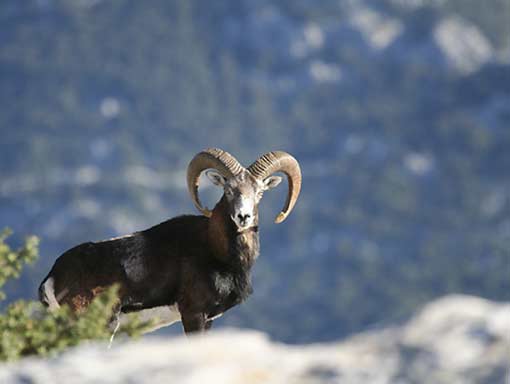
Nuoro – Monte Ortobene
The Monte Ortobene is the breathing lung of the city of Nuoro. This mountain has always occupied a special place in the heart of the Nuoro citizen and offers unique views of the city and of the valley below.
Numerous fountains, springing pure water, are located on the road that ascends to the bronze statue of Christ the Redeemer, and many well-marked hiking trails lead to the same monument through the woods, for the pleasure of those interested in completing the ascent by walk or bike.
In the Sedda Ortai area, visitors may find a beautiful park which features a biking circuit and skate park, kids games, and barbecues. An Olympic-size swimming pool is open during summer season in the Farcana area. The Nostra Signora del Monte Church, dating 1600ca, is regularly used for the holy mass from May to October.
Ollolai
Ollolai, has noble and ancient roots. Already in 594, Pope Gregory the Great was addressing letters to the rulers of the city. The legend associates the town to Enea’s heirs, who were forced to land in because of a storm and decided to stay. Numerous holidays and festivities offer the opportunity to visit Ollolai throughout the year.
Among the most important are the carnival (Harrase ‘are), the festivities of San Bartolomeo in August, San Giovanni and San Pietro in June, San Basilio and San Michele in September. Ollolai has been part of the “Autunno in Barbagia” circuit for years. During this annual fair, handcrafted goods and artisanal foods coming from all around the island are exhibited. When visiting Ollolai the archaeological site of San Basilio and the hikes towards the S’Ascusorgiu peak, known as “finestra della Sardegna” (Sardinia’s window) because of the unique view that the location offers, are a must.
Orani
Orani is located in the green heart of Barbagia in an area that has been inhabited since Prehistory. Orani is the home town of internationally known artists such as Costantino Nivola, Mario Delitala, Salvatore Niffoi, Paolo Modolo. In town, open for visit throughout the year, there are permanent expositions dedicated to Nivola and Delitala. The artisans of Orani are among the most renowned of Sardinia. The perfection of their masterpieces in textile, gold, silver, and iron elevates handicraft in pure art.
One of the symbols of the city is located on top of the Monte Gonare, 1000 meters above sea level: the charming Sanctuary of the Virgin Mary. Built at the beginnings of the 1600’s, still this church is still today visited by pilgrims. The most impressive Nuragic monument inside the Orani territory is th Nuraghe Nurdole, consisting in a central building surrounded by walls and four secondary towers.
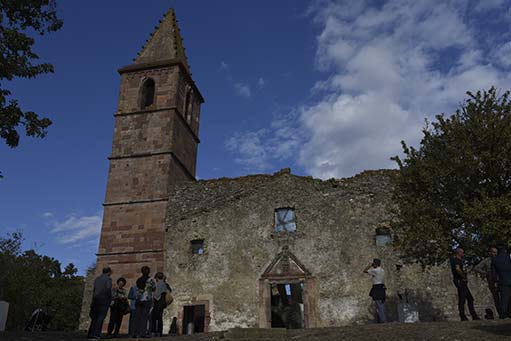
Orotelli
Orotelli is located on the top of sa Serra, a granitic plateau in the heart of Sardinia. Historically known for the production of excellent wheat, for its secular traditions, and for the mastery of its artisans experts in the transformation of the leather and in the art of stone carving, Orotelli hosts one of the most significant and ancient carnivals of Sardinia, and is the house of the iconic Thurpos, traditional masks connected with carnival celebrations. The many beautiful churches of Orotelli are built in a wide range of architectural styles, and together with the great number of archaeological sites open to visit near the town, tell the long tale of the civilization in the area. Close to Orotelli is possible to visit prehistoric dolmens (Sinne), Giants’ Tombs (Forolo e sa Turre ‘e su Campanile) and Nuraghi. The majestic nuraghe Aeddos in particular, built with giant granite blocks, stands in all its massive and ancient splendor as one of the most representative nuragic monuments of Sardinia. Orotelli is classified among the authentic boroughs of Italy and is part of the cultural event Autumn in Barbagia.

Ovodda
Ovodda is located in the green heart of Sardinia, the Barbagia region. Unique landscapes attract hikers, mountain bikers, and horseback-excursionists from all over Italy. Ovodda is famous for the excellent products of its farms and for the ability of its artisans, mostly celebrated for their ability in transforming cork and granite in beautiful pieces of art.
Many events throughout the year offer an excellent opportunity to visit Ovodda. Among the most important are the festivities of San Giorgio (23 of April), San Pietro (end of June), of the Virgin Mary (15 of August), the Autunno in Barbagia fair (in December), and the fascinating celebrations of the Carnival.
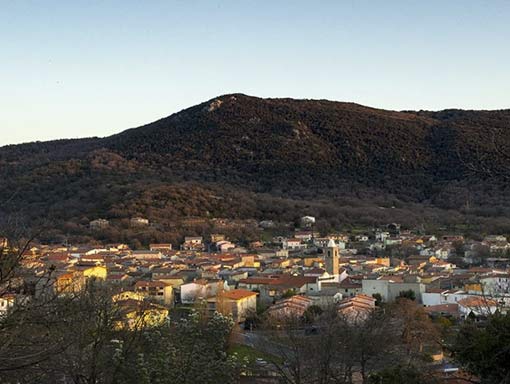
Silanus
Silanus is known worldwide as the “borough of the long life” because of the incredible number of people aged of one-hundred years or more that live in this charming village. Scholar from around the world are studying Silanus trying to figure out the reasons of this exceptional phenomenon. Among the most important attractions of Silanus, the Churches of San Lorenzo and of La Maddalena, the famous archaeological site of Santa Sabina, the beautiful Nuraghe Corbos, and the Giant’s Tombs, deserve a special mention. Throughout the year, numerous festivities offer an opportunity to visit Silanus. The celebrations in honor of San Antonio Abate (in January) and Santo Isidoro (2nd Sunday of May), the Carnival, and the Holy Week, are just a few of them. Silanus is listed among the “Authentic Boroughs of Italy”, the most beautiful and charming old villages of the peninsula.

©2017 - 2019 Festival Tra Mare Stelle e Magia - Privacy Policy - Pic by Tommaso Sale - Website Design by GiBis

